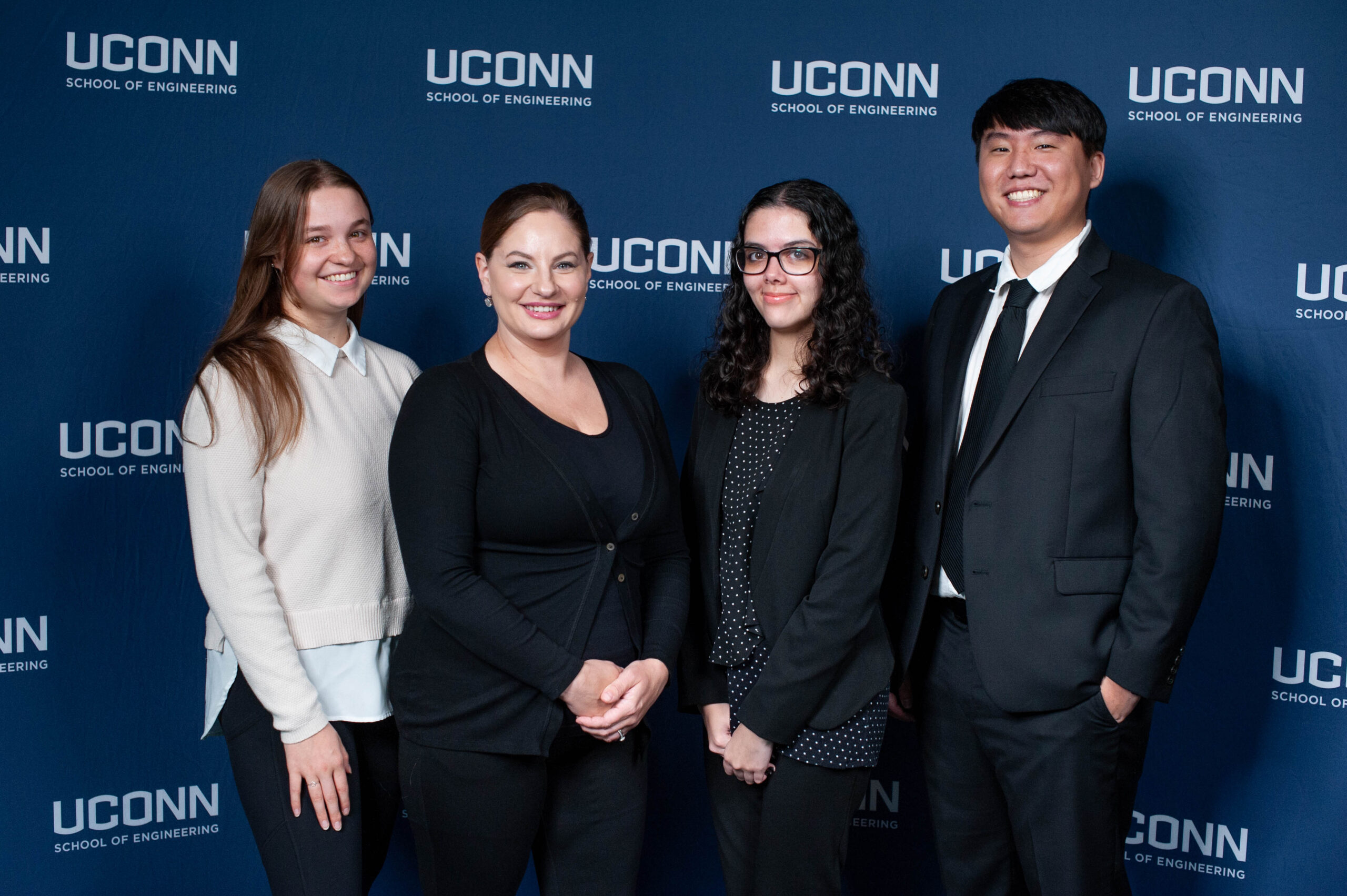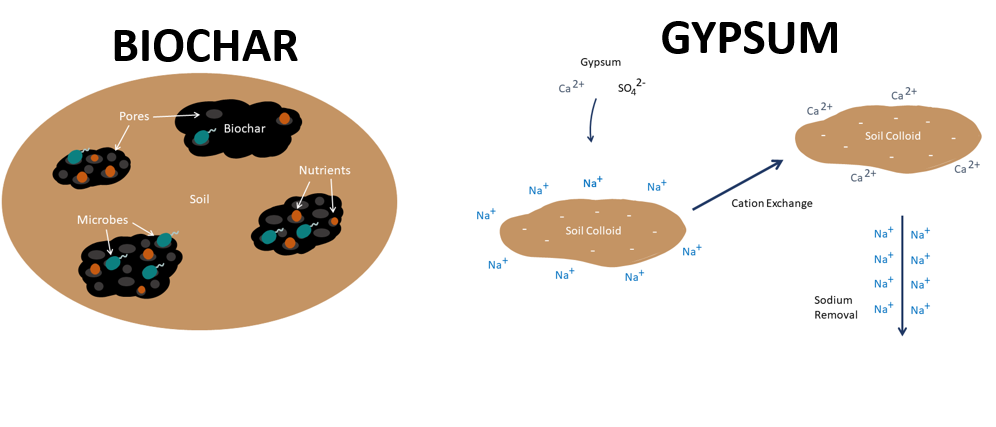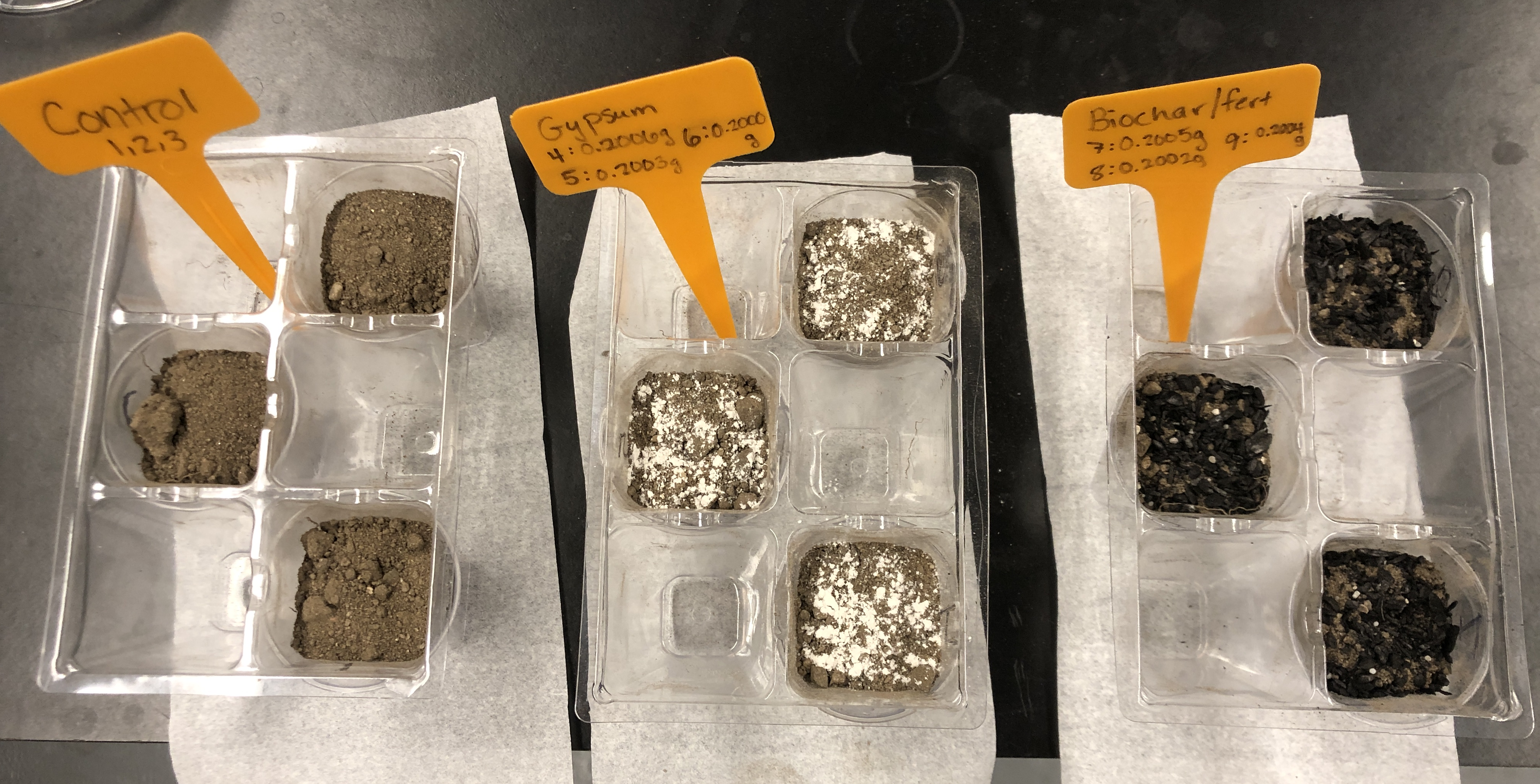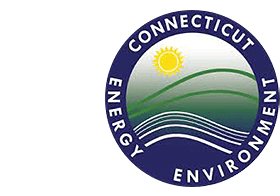
Figure 1

Figure 2

Team 11
Team Members |
Faculty Advisor |
Ava Spies |
Yu Lei Sponsor Connecticut Department of Energy and Environmental Protection (CT DEEP) |
sponsored by

Evaluation of a Practicable Method for Remediating Sodium from Soil
To keep CT roads and walkways safe during winter, road salt products have been applied by state, municipal, and private applicators to roadways and walkways since the mid-20th century. The amount of salt applied has been steadily increasing since. This practice is having detrimental effects on soil health, plant growth, and well water quality. Along heavily salted roads, sodium ions build up and become the dominant cation to bond with the soil particles, causing nutrient depletion. Damage caused by contamination and corrosion becomes costly for both state infrastructure management and individual homeowners. The Connecticut Department of Energy and Environmental Protection supported our team with designing a method to amend soils from sodium impacts. The criteria for finding the best solution were the effectiveness of salt removal, cost, safety concerns, and soil health. We investigated two compounds: gypsum, a calcium-based fertilizer, and a mixture of fertilizer and biochar. When gypsum is applied on top of salt contaminated soil and watered thoroughly, calcium ions displace the sodium ions which increases the nutrient content and decreases the pH - improving overall soil health. Biochar-fertilizer mixtures improve the retention of nutrients and water, resulting in the increased growth of beneficial soil microbes. We experimented with separate and combined applications of the two materials to sodium-spiked soil. We tested the sodium ion concentration of water passed through the soil. Our desired outcome is to design one effective and scalable soil treatment plan for Connecticut that mitigates the negative environmental impacts of road salting.
